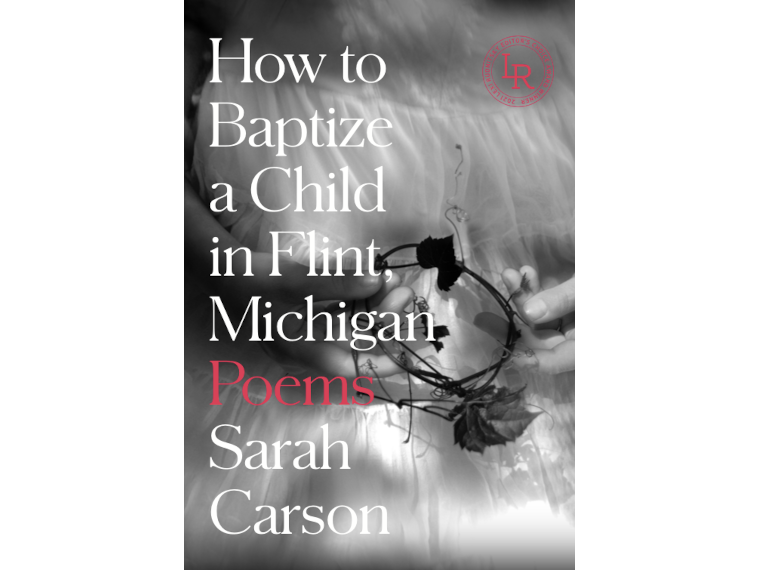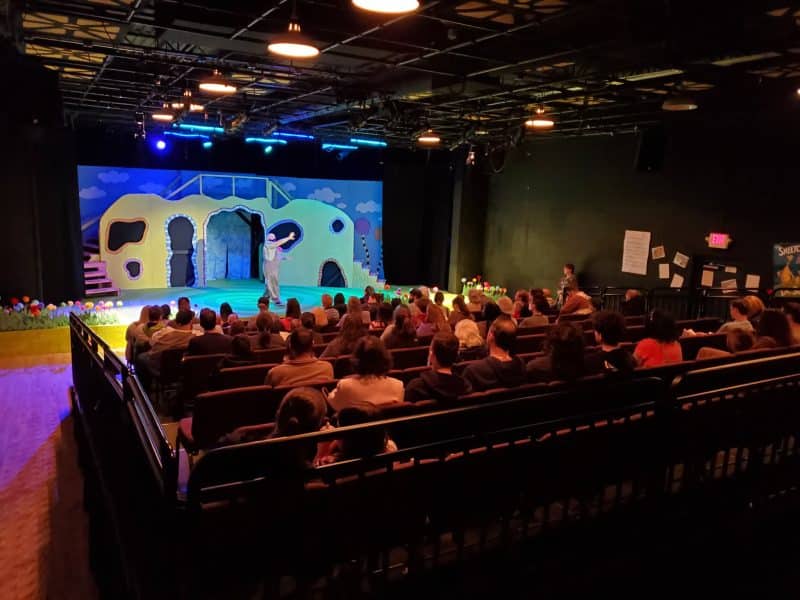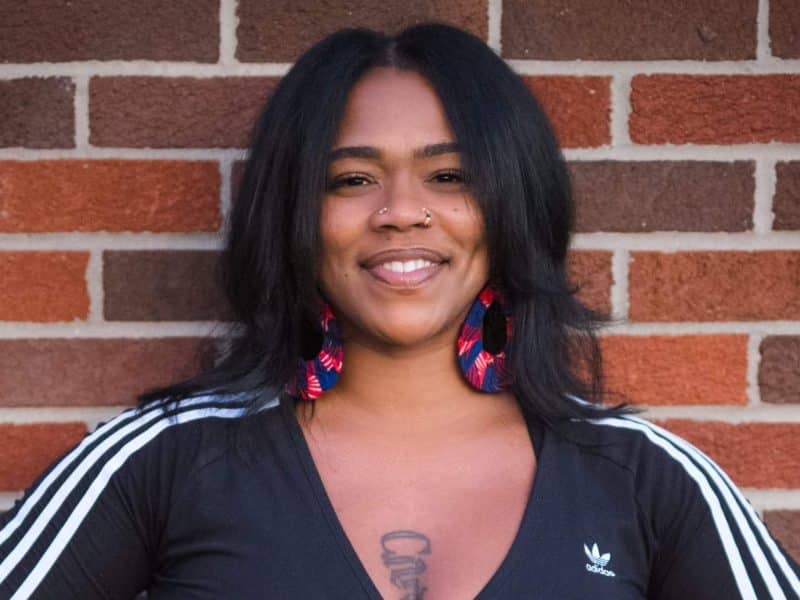Book Review: ‘How to Baptize a Child in Flint, Michigan: Poems’ by Sarah Carson
Flintside contributor Sherrema A. Oom-Dove reviewed the latest poetry collection by Michigan native Sarah Carson titled 'How to Baptize a Child in Flint, Michigan.'

FLINT, Michigan — Sarah Carson’s second poetry collection, entitled, How to Baptize a Child in Flint, Michigan takes its name from a poem written, after the start of the water crisis, by Lutheran pastor and poet Liv Larson Andrews. Carson writes about her working-class childhood and family dynamics of justice, religion, and grit in the factory town of Flint.
Baptize captures the essence of working-class life with stanzas infused with colorful references to PBR, paper plates, a trailer park, tire fire, liquor stores, plastic on windows, a rented duplex. The poet describes generational trauma in a city personified as a woman –
‘In the city
where we were born,
bullets crawl blocks
like brush fire,
spent casings
end up in water’ (p. 21).
‘She’s made up
her mind:
No one leaves
for free’ (p. 19).
The ephemera of childhood is captured in an infusion of religion mixed with trauma. Brother’s understanding of the Bible evolves into his own holy word. In his version of Joshua, walls remain standing between him and opportunity, Rahab’s floor is open for sensuous transgressions, and in one of the few distinctly Flint references, Uncle is fetched from the White Horse by Dad. They sing songs of minor prophets and the vices of unsaved uncles, while Momma gathers her children and presents her body as a prayer (pp. 7-11). Of Brother, the poet writes –
‘Lunch Lady calls him,
Problem’ (p. 7).
Brother lives into this label; a gun, a woman shot, a woman drowned, a police presence, prison.
The poet writes reverently about the body, a river holy, an altar call, repentance in the narthex (i.e., church porch), yet writes almost jarringly –
‘These reckoning songs
are not for us’ (p. 26-8).
With introspection, she asks –
Where is Bethlehem
to a city kid?
Where were wise men
when we also needed
gold, would have settled
for myrrh’ (p. 47)?
Her inner conclusion is –
…it’d be a mistake
to blame this on Jesus, anyway (p. 48) –
Although Carson is white and the mother of a biracial daughter, race and ethnicity are fluid in this collection. In the spirit of the short story by Toni Morrison, entitled, ‘Recitatif,’ the reader cannot know definitively which of the characters – friends, neighbors, schoolchildren, family – are white, Black, Latino, or of other racial heritage.
‘you, me from other girls,
early spring shoots of grass
for whom neighbor boys’ long legs
count cement stoops,
whose daddies warm
motorcycles on the driveway,
whose mommas can’t leave
their card tables’ (p. 1),
…
‘When one boy jumped another, opened his
temple onto concrete, where earlier in the afternoon
two boys shot rock, shot scissors’ (p. 6) …
In these descriptions and others, the reader is left to their own perceptions of racial nuance and significance of these working-class residents.
Gender in Baptize is definitive, however, as women have uneasy relationships with men. A girl survives sexual violence (p. 13-4) while the poet witnesses another woman’s murder and holds accountable the man accused (p. 40-3). She is aware of the body growing within her – a girl like herself – that evokes feelings of fierce protection (pp. 20-3). For the poet, the Divine is found in the laps of her mother and grandmothers that will also nestle her daughter (p. 39). The empty tomb becomes the empty womb –
‘Every day
women split
themselves
open
so that the future
can begin again’ (p. 51).
In summary, Baptize is rich with poetry, having layers of meaning. This collection is the story of an American, working-class, Christian family in Flint, Michigan, baptized with waters no one can drink.
‘How to Baptize a Child in Flint, Michigan’ is available for purchase on Amazon.






